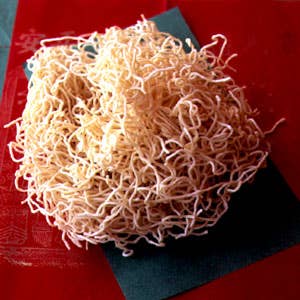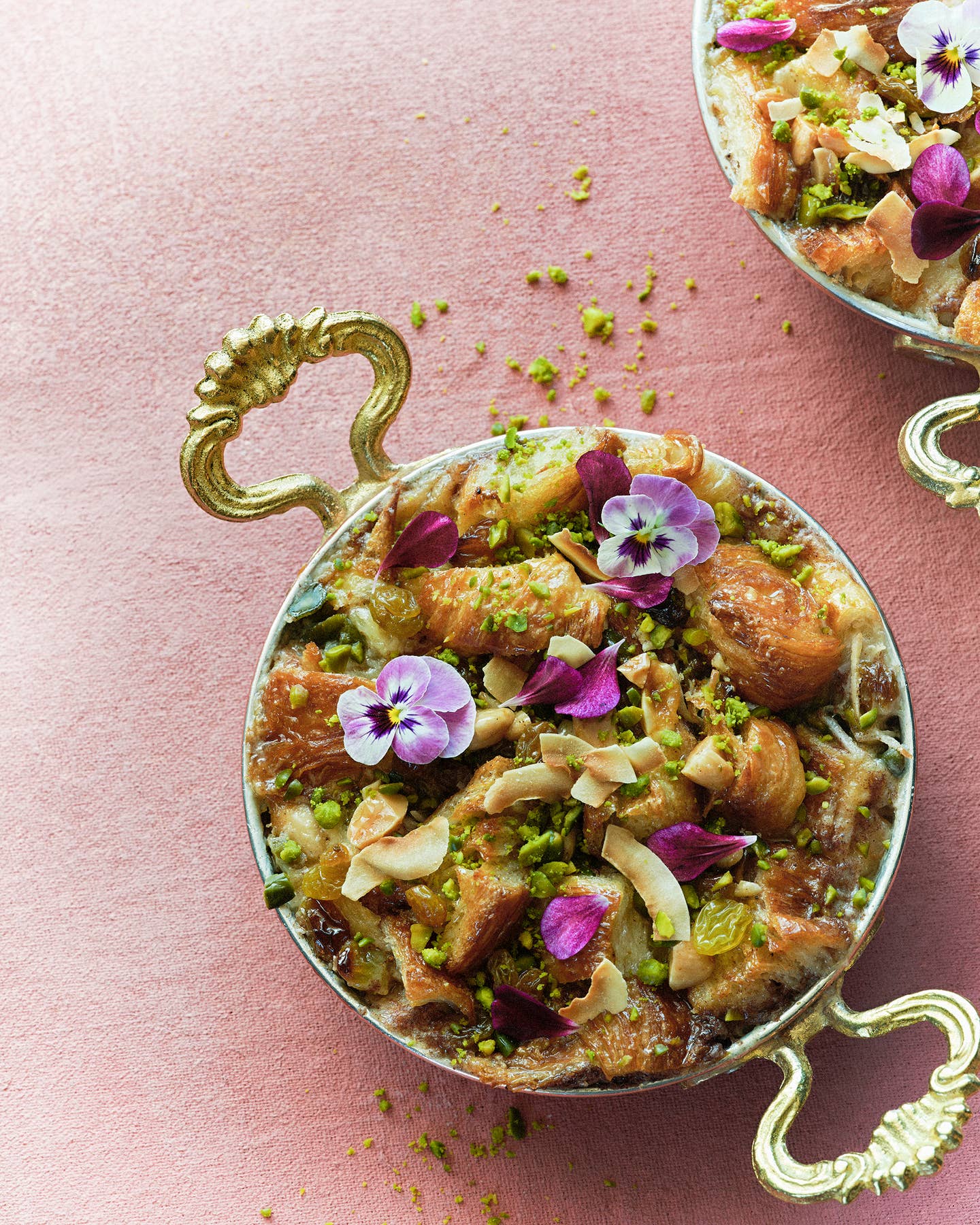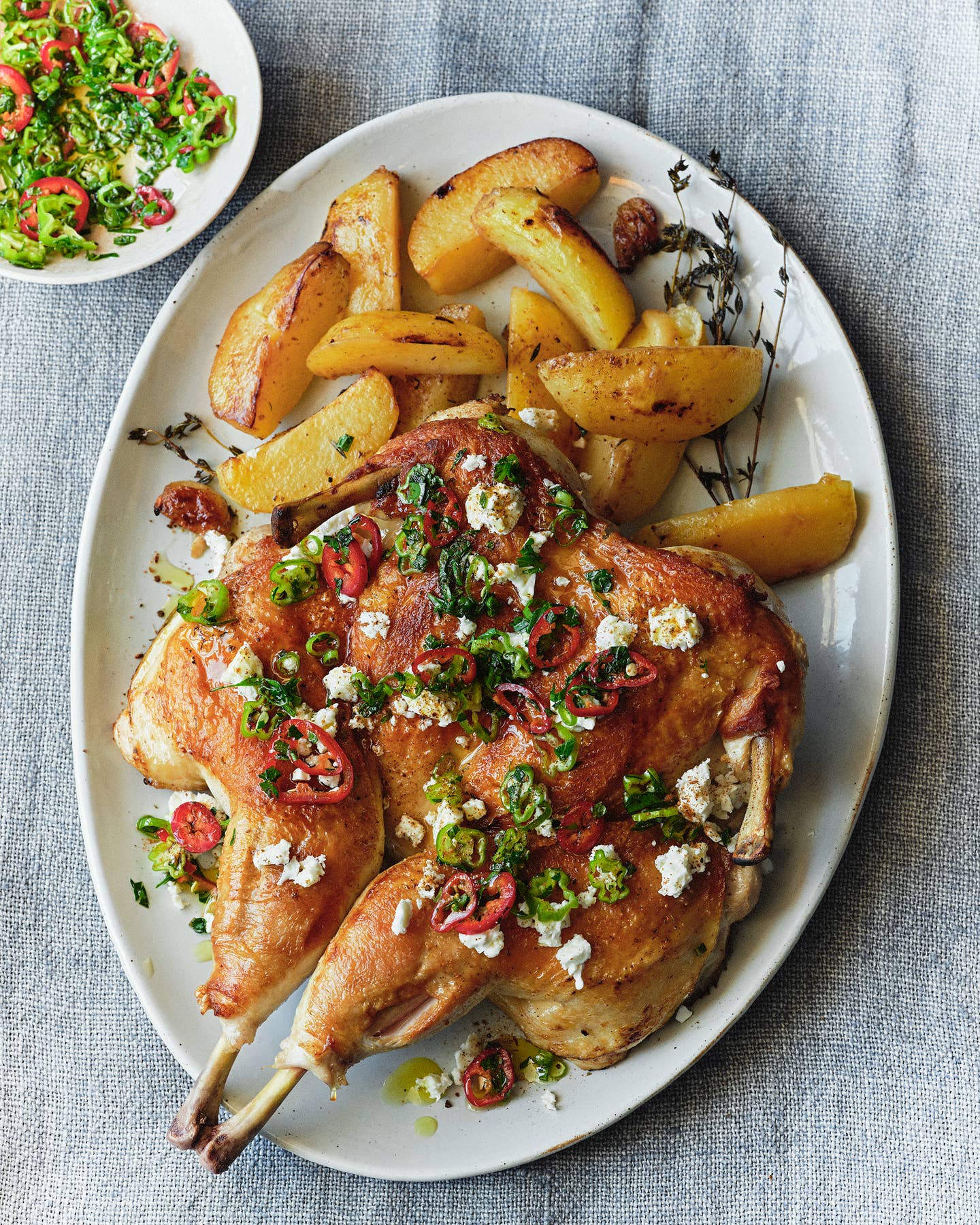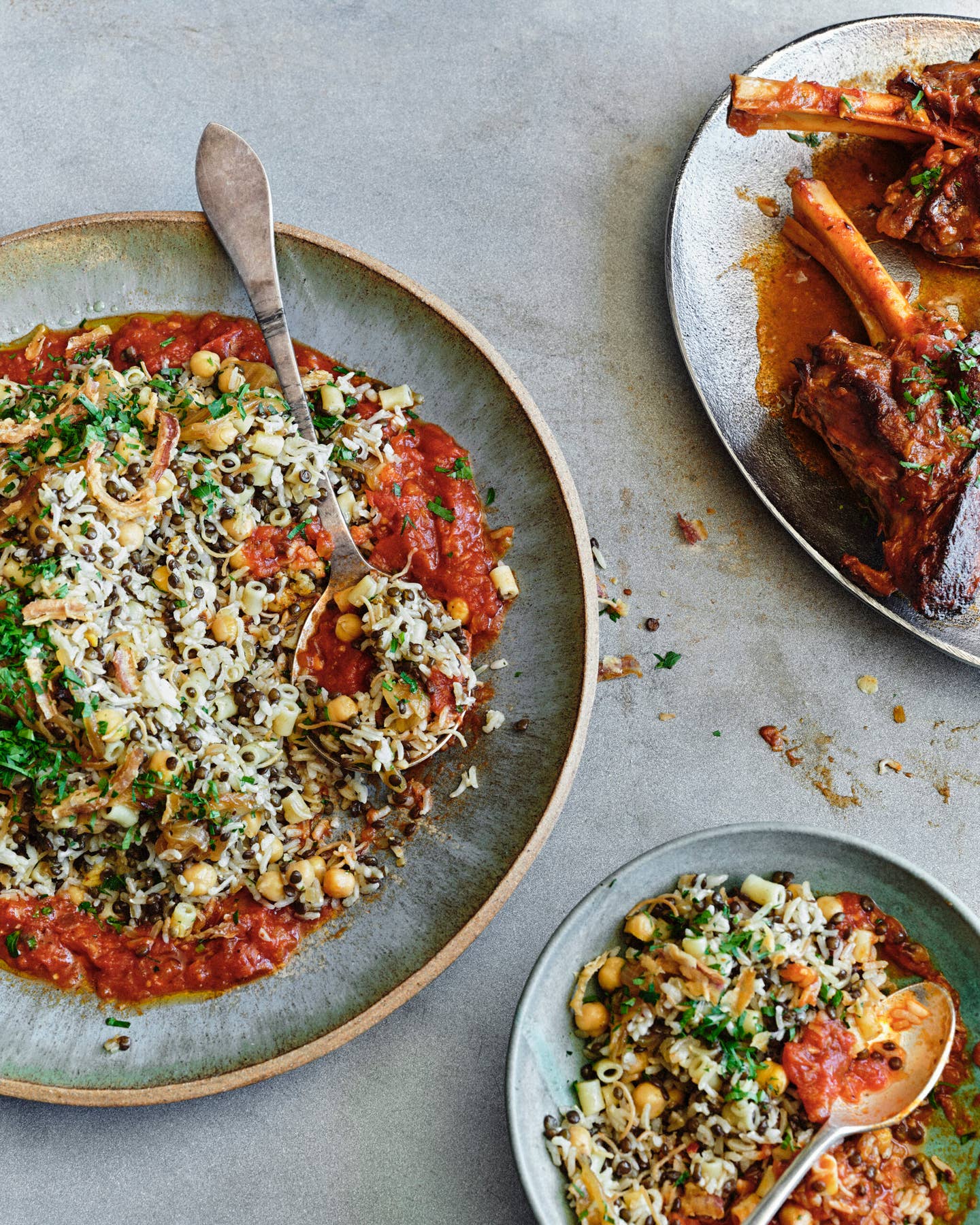
The Law of Chinese Noodles
Through an unwavering devotion to boiled rice, one woman steers her family towards China’s “other” staple starch.
In 1958, my paternal grandmother, Li Xiuwen, came to live with my family in Riverdale, a neighborhood in The Bronx. ''Nai-nai'', as we called her, had been born and raised in China, in Guilin, to be precise, a city in the southwestern province of Guangxi. I remember that we had to wait years for Nai-nai, who had problems securing a visa, to arrive. I also remember that when she did finally get here, noodles—which had been a frequent dinnertime staple for us—were banished, so to speak, to the bottom of the soup tureen. It didn't take long for me to realize that our home was too small for both my grandmother and my beloved noodles.
Like many traditional Chinese, Nai-nai dismissed noodles as snack food, unsuitable for a proper dinner table. The only exceptions were at birthday parties (where noodles are a symbol of longevity) and related celebrations, and at banquets, where noodles might appear at the end of the feast as a last-chance offering in case diners hadn't gotten enough to eat. The closest Nai-nai came to sitting down to a meal of noodles was on those mornings when, tired of her usual congee (rice porridge), she would whip up gee ma wot mian—a dish usually made with rice noodles, for which Nai-nai substituted wonton wrappers cut into strips with scissors. She also made exceptions when we ventured into Chinatown, where we would literally empty the dim sum trolleys of their caches of fresh hand-rolled rice noodles, commonly known as silver pin noodles.
During those years, the Buddhist maxim ''There is no Chance; there is only Law'' could well have been applied to our kitchen. Nai-nai was the principal cook, and dinner was a set piece, the inevitable product of the fan-cai principle of Chinese cuisine—with fan, in its broadest sense, referring to any grain or grain-based food, and cai to any cooked vegetable, meat, or fish. Due, however, to her loyalty to custom, her sense of regional pride, or perhaps her old-fashioned suspicion of all processed foods, Nai-nai preferred fan in the form prescribed by the term's narrowest interpretation: boiled rice. Only on the rare occasions when my mother presided at the stove might the evening meal consist of noodles—and when it did, it was spaghetti alla carbonara. Nai-nai permitted Italian noodles at the table because they were, well, Italian, and unlike Chinese noodles, they did not subvert her Law.
Although wheat was cultivated in China as early as 2000B.C., noodles were not developed in the country until the early years of the Han dynasty (206 b.c. to a.d. 220). That was when the Chinese started milling wheat into flour—a technique they imported from the Occident, possibly from Persia—instead of laboriously pounding it. Milling, which resulted in a much finer product, eventually led to the creation of dump-lings, buns, cakes, and noodles. At that time, today's generic word for noodle, mian (which is often spelled mein), referred specifically to wheat flour, and all wheat-based foods were known as ping. Most likely, the prototypical ping was unleavened bread, which eventually made the leap from its bed of hot coals to a pot of boiling water, becoming in the process what we now call noodles. By A.D. 100, large-scale noodle production was under way, and around that time noodle makers developed the now-dying art of crafting hand-swung noodles, a mesmerizing process that involves pulling, twisting, and stretching a lump of dough into a curtain of silky noodles.
Although emperors of the Han dynasty were known to have consumed them, in general noodles were considered poor man's food. In the third century A.D., writer Shu Hsi, while admitting that some methods for cooking noodles came from ''foreign lands'', noted that ''the various kinds of noodles and cakes were an invention of the common people [of China].'' In those days, rice was a luxury that only the nobility could afford. In the 12th century, however, when the Mongols conquered the northern, wheat-producing part of China, the emperor and his court established a new capital at Hangzhou, in southern China—the country's rice-growing region. For the first time in Chinese history, rice was the staple starch. Noodles, which came to be made not with wheat flour but with mung bean starch or rice flour, became secondary, a street food.
The breeding of fast-growing, high-yielding strains of rice ironically moved noodles back to formal tables: Around the 1200s, the ready availability of rice contributed to tremendous population growth and migration to the cities. To serve the sophisticated tastes of these new urbanites, a class of scholar-gourmets arose who created a cuisine that blended rustic simplicity and cosmopolitan extravagance. On the one hand, they preached the superiority of simple foods simply prepared; on the other, they indulged in sublimely aesthetic and opulent banquets—and they reconciled the two by offering, for instance, a dish of wheat noodles alongside an epicu-rean delicacy like swallow's nest. Such a frugal but refined balance may, at first, have seemed out of place, but by the Qing dynasty era (1644-1911), this kind of ''contrary'' combination at the table had become part of a whole culture of austere elegance. Emperors, tiring of lavish feasts day after day, were known to send runners out to itinerant vendors to buy such savory dishes as ''Old Man Wang's spicy beef noodles'' and other peasant specialties that the imperial kitchens could not reproduce.
Nai-nai would have been surprised to see the recent proliferation of noodle shops in America, some of which are expensive restaurants, and many of which offer noodles as a complete meal. Had she been here to observe the trend, perhaps she would have revised Nai-nai's Law and even started building her own meals around noodles. But probably not. She was a staunch traditionalist who never learned to speak English and who, in 1973, returned to Guilin to fulfill the Chinese maxim ''The leaves return to the roots.'' Nai-nai passed away in her natal city in 1992 at the age of 102.
Two years earlier, though, the entire family had converged on Guilin in honor of her hundredth birthday. Most of us stayed at her spacious home—at Number 1, Folded Brocade Road—and we spent days plotting and planning the momentous occasion. Nai-nai was the widow of Li Zongren, one of the city's most illustrious native sons (he briefly served as acting president of China in 1949), so we knew the party would not be a small family affair but a celebration attended by artists, academics, local and national government officials, and television crews. Hundreds of people would drop by to offer congratulations and to reminisce about old times. And hundreds of people would have to be fed.
We ordered 400 small porcelain bowls decorated with Guilin's famous shan shui, or landscape, and we hired a noted Guilinese calligrapher to hand paint on each bowl the characters of my grandmother's name together with those of the benediction ''Wan wan sui,'' which means ''May you live one hundred million years.'' The bowls were meant to do double duty, serving both as receptacles for mi fen, the rice noodles for which Guilin is renowned, and as mementos of the day.
The whole house was swathed in bunting, swags, and lanterns of red—the color of happiness and good fortune. When the great day arrived, Nai-nai was inundated with presents: scrolls inscribed with the Chinese characters for ''long life'', bouquets of peonies (which the Chinese call fu gui hua, meaning ''flower of wealth and honor''), and paintings of peaches and plum blossoms, which, like noodles, signify longevity. As anticipated, hundreds of people showed up, but Nai-nai, too frail to join in the renao (the exuberant ''heat and noise'' of the event), stayed upstairs in her bedroom. We family members, alone or in pairs—so as not to neglect the guests—went to her bedside throughout the evening.
When it was our turn to go upstairs, my father and I filled our porcelain cups with osmanthus-flower wine (another Guilinese specialty) and headed for the kitchen, where Jiu-nyang, Nai-nai's cook, was keeping a huge pot of noodles, brimming with pickled mustard and sliced roast pork, at a simmer and in steady supply. Jiu-nyang filled our bowls with mi fen and topped each one with a dab of Guilin-style la jiao, the smoldering chile paste that, when made according to Nai-nai's secret recipe, warms the palate without searing the tongue. My father and I each grabbed a slice of the birthday cake, and balancing wine, noodles, and cake, we mounted the stairs to Nai-nai's room. There we offered her the requisite birthday wish—''Wan wan sui''—and a dainty chopstick-pinch of noodles, which she consumed with relish.
Keep Reading
Continue to Next Story










